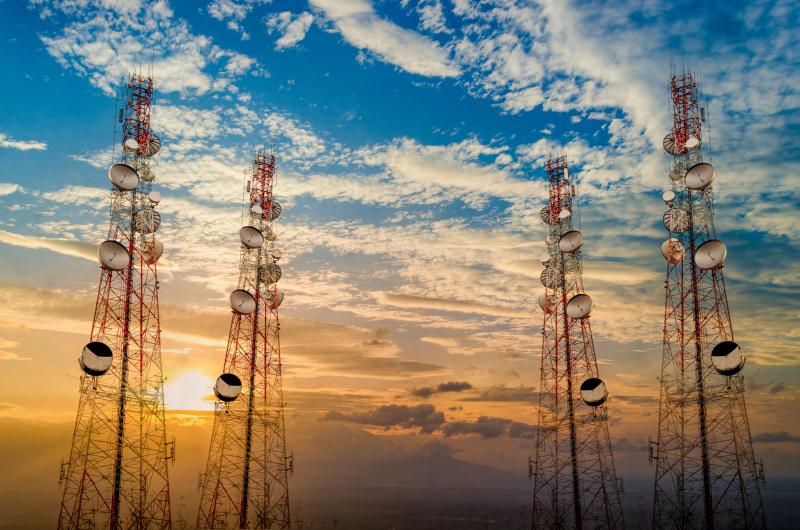In today's digital age, where communication plays a pivotal role in our lives, telecom towers have emerged as the backbone of global connectivity. These towering structures, often overlooked by the average person, are at the forefront of revolutionizing the way we communicate, ensuring seamless connectivity across vast distances. Let's delve into the world of telecom towers and explore their significance in shaping our modern society.
Telecom towers, also known as cell towers or base stations, serve as the linchpin of wireless communication networks. These towering structures facilitate the transmission and reception of wireless signals, enabling us to make phone calls, send messages, browse the internet, and access a myriad of digital services on our devices. They are strategically located in various areas to ensure optimal coverage and network reliability.
One of the primary reasons for the proliferation of telecom towers is the exponential growth in mobile device usage. With the advent of smartphones and tablets, the demand for data services has skyrocketed, necessitating a robust infrastructure to support the ever-increasing bandwidth requirements. Telecom towers play a crucial role in meeting this demand by transmitting signals to and from mobile devices, ensuring uninterrupted connectivity even in densely populated areas.
CAGR of 5.1% throughout the forecast period, the Global Telecom Tower Market size is anticipated to grow to US$ 54.27 Bn by 2029.
Telecom towers come in various shapes and sizes, ranging from traditional lattice towers to sleek monopoles and disguised structures integrated into urban landscapes. These towers are equipped with advanced technologies such as antennas, transceivers, and signal processing equipment, which enable them to handle multiple simultaneous connections and provide high-speed data transmission.
Moreover, telecom towers are not limited to urban areas but are also essential in connecting remote and rural regions. These towers act as lifelines for communities located in geographically challenging areas, enabling access to vital services such as healthcare, education, and e-commerce. They bridge the digital divide, empowering individuals and businesses in previously underserved regions to participate in the global digital economy.
While the benefits of telecom towers are undeniable, there are also ongoing efforts to address their environmental impact. Tower companies are increasingly adopting green initiatives by implementing energy-efficient technologies, utilizing renewable energy sources, and optimizing tower locations to minimize their ecological footprint. This sustainable approach ensures that the expansion of telecommunication networks goes hand in hand with environmental preservation.
Looking ahead, the evolution of telecom towers continues at a rapid pace. The emergence of 5G technology promises even faster speeds, lower latency, and the ability to connect a vast number of devices simultaneously. To support the rollout of 5G, telecom towers will undergo upgrades and installations of additional small cells, forming a dense network infrastructure capable of meeting the demands of the future.
Telecom Towers play a pivotal role in revolutionizing connectivity infrastructure and shaping our interconnected world. They are the unsung heroes enabling seamless communication and driving the digital revolution. As technology advances and connectivity becomes increasingly essential, the evolution of telecom towers will persist, creating a world where connectivity knows no bounds. So, the next time you look up and see a telecom tower, remember the incredible impact it has on our lives, connecting us in ways we could have never imagined.
